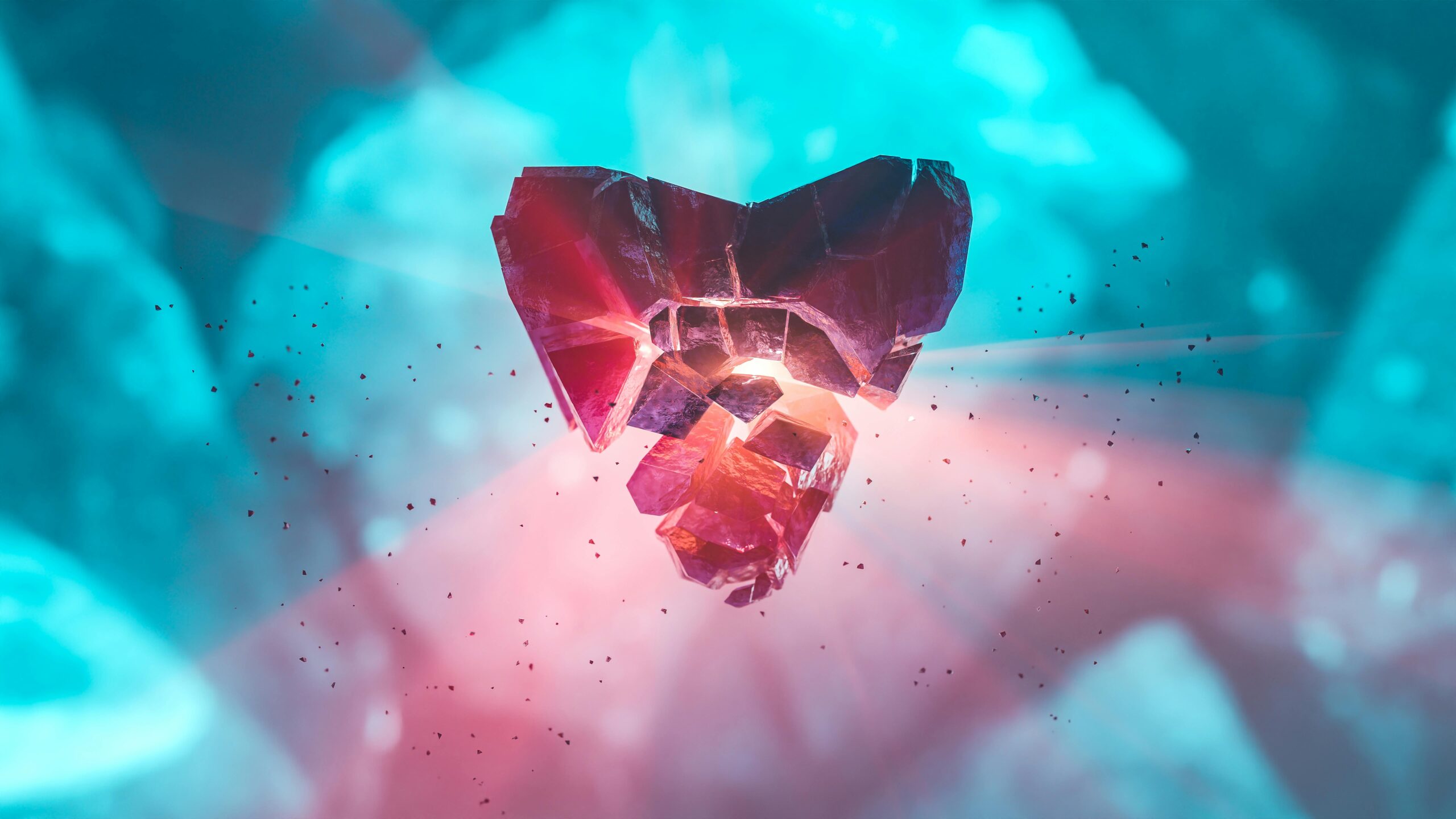What If your Soulmate is Actually a Trauma Pattern?
How Childhood Wounds Can Shape the Way We Love
If you’ve ever felt magnetically pulled to someone, only to end up confused, anxious, or abandoned, you’re not alone.
Sometimes what we call chemistry is actually familiarity. Learn how early conditioning wires your love patterns.
And what we label a soulmate might be a trauma pattern in disguise.
In this post, you’ll learn:
- What a trauma bond actually is
- How to spot the difference between true resonance and reenactment
- Why healing isn’t about avoiding hurt, but reclaiming what’s yours
- How to return to yourself, even after heartbreak
What Is a Trauma Bond?
A trauma bond forms when your nervous system associates love with unpredictability, inconsistency, or emotional chaos, usually because that’s what love felt like growing up.
These bonds aren’t conscious choices. They’re survival-based patterns.
Common signs of trauma bonding:
- Feeling addicted to someone who doesn’t treat you well
- Confusing intensity with intimacy
- Staying in cycles of hurt because they feel familiar
- Believing “if I just do it right, they’ll love me”
This isn’t about blame. It’s about awareness, and the power to unhook.
5 Signs You’re in a Trauma Loop (Not a Soul Connection)
- You feel more anxious than grounded around them
- You perform or shrink to stay chosen
- You ignore red flags because “the connection feels real”
- You find yourself over-explaining or justifying your needs
- You feel unworthy or obsessive when they pull away
If this feels true, your nervous system may be reliving old relational blueprints, not stepping into soul truth.

What a Healthy Soul Connection Feels Like
Real resonance is different from reactivity. True soul-aligned relationships feel like:
- Emotional regulation, not emotional whiplash
- Feeling seen without needing to perform
- Nervous system safety: you breathe deeper, soften, express
- Consistency, attunement, mutual respect
Your body can recognize the difference, once you slow down enough to listen.
This Isn’t About Blame, It’s About Truth
If you see yourself in these patterns, you’re not broken. You’re brilliantly adapted.
Your body and psyche did what they had to do to survive love that wasn’t safe. The work now is not to shame the pattern, it’s to name it and come home to yourself.
How Healing from Trauma Bonds Begins
Start by dropping the fantasy. Then, try this layered approach:
Somatic Awareness
Ask: What does safety feel like in my body, not just desire?
Self-Witnessing
Ask: What part of me still wants to be chosen by someone else?
Boundary Repair
Ask: What behaviors feel loving to my inner child?
Inner Truth-Telling
Ask: Who would I be if I didn’t have to prove my worth to be loved? Begin rebuilding trust from within.
Final Reflection: You Weren’t Meant to Be Rescued, You Were Meant to Return
The deepest relationships won’t rescue you. They will mirror your readiness to be with yourself, fully.
If love still feels unsafe… If your body still flinches at closeness…. That’s not failure. That’s a trauma loop, and it’s asking to be met with truth, not fantasy.
This is where real healing begins. Not by finding “the one,” but by returning to the one within you that’s been waiting all along.
FAQ: Trauma Bonds vs Soulmates
Q: What’s the difference between a soulmate and a trauma bond?
A trauma bond activates your survival brain.
A soulmate connection anchors your nervous system and growth.
Q: Can trauma bonds become healthy?
Rarely. It requires mutual commitment to deep healing, therapy, and re-patterning. Most trauma bonds need separation for real unhooking.
Q: How can I start healing this?
Begin with nervous system regulation, gentle journaling, and honest self-connection. Safe witnessing is essential. The Descent Ritual is a powerful first step.
Gentle Grove Resource: Your Soul Knows
If you’re caught in a trauma loop…. If the ache won’t quiet…. If love feels like loss, again and again…. There’s a ritual waiting to hold you.
Download The Descent Ritual
A 7-minute guided audio to reconnect with the truth your body has always known.
You’re not unlovable.
You’re unlearning.
And that’s a sacred return.
